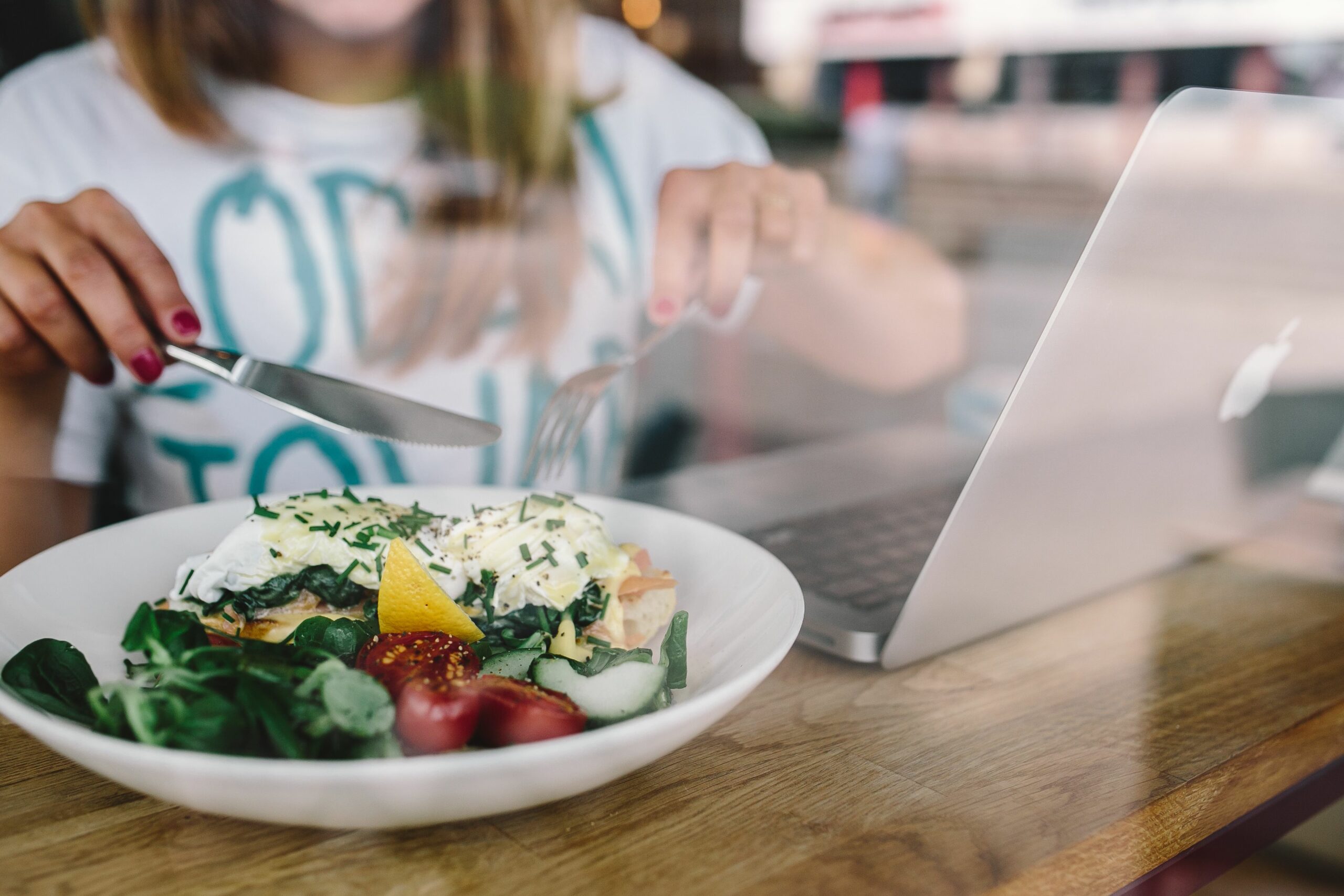Nutrition Tips to Enhance Your Pilates Results
Pilates is so much more than just a workout; it’s a fitness method that challenges your body in unique ways to really transform it unlike anything else.
But, to fully reap the benefits of this unique workout, it’s key that you pair your Pilates Platinum classes with a balanced and mindful approach to nutrition.
How do you do that?
Let’s dive into how you can fine-tune your diet to boost your Pilates results and achieve optimal fitness and well-being.
Why balanced nutrition is important
Think of your body as a high-performance machine. Just like a car requires the right kind of gas to run efficiently, your body needs proper nutrition to perform at its best during your Pilates workouts.
And that’s where a balanced diet comes in. It provides the energy, nutrients, and recovery support your body wants and needs.
The best place to start with balancing your diet is with macronutrients – carbs, proteins, and fats.
Though we’ve been taught in recent years to fear carbs, they are not something to be afraid of. Instead, love them as they are your body’s primary energy source. This makes them crucial for powering through your intense Pilates sessions.
But not all carbs are created equal. So, instead of reaching for the greasy french fries for your carb fix, opt for complex carbohydrates like whole grains, fruits, and vegetables. These are much better at releasing energy steadily and preventing those awful energy crashes.
You’ve likely heard that proteins are the building blocks for muscle repair and growth, but we are here to remind you.
You want to include lean sources of protein in your diet like poultry, fish, tofu, and legumes, as they can aid in muscle recovery after Pilates workouts. An occasional steak here and there won’t hurt you either – just don’t have it 6 nights a week.
On top of that, healthy fats from sources like avocados, nuts, and olive oil provide sustained energy and support overall health.
What to eat before your Pilates class
Eating strategically before your Lagree session can have a major effect on your performance. That’s why you want to aim for a light meal or snack about 60 to 90 minutes before your workout.
Some of our favorites include:
- A banana with almond butter
- Coconut yogurt with fresh fruit and nuts or granola
- Small turkey wrap
- An egg and avocado
Including some carbs and a moderate amount of protein will help fuel your muscles and maintain your energy levels throughout your class.
We also want to take a moment to talk about hydration. Proper hydration is essential for optimal muscle function and also for preventing cramps. Drink water throughout the day and aim for at least half your body weight in ounces of water per day.
What to eat after your Pilates class
Unlike more traditional workouts, Lagree Pilates combines strength training with cardio elements, which challenges your body on a whole new level.
After your workout, you want to try and get some nutrients in your body within an hour. This window is when your body is most receptive to nutrient uptake, which helps with muscle repair and recovery.
Think a protein-rich snack paired with some carbs. A smoothie with protein powder, spinach, berries, and almond milk can be quick, easy, and delicious.
How to support recovery from Pilates
It’s no secret that Pilates Platinum classes are intense, and your muscles need time to recover.
That’s why it’s important to make sure you’re getting enough protein to help repair and rebuild those muscles you work so hard to sculpt in class.
We love lean proteins like grilled chicken, salmon, or quinoa, and the occasional steak, too. Collagen-rich foods like bone broth are also great for supporting joint health and recovery.
You may also want to turn to anti-inflammatory foods to help with muscle soreness and inflammation.
Our favorites are:
- Berries
- Leafy greens
- Turmeric
- Omega-3 fatty acids from sources like fatty fish and flaxseeds
Mindful eating
Lagree Pilates is all about the mind-body connection, and this extends to your nutrition as well. Practice mindful eating by listening to your body’s hunger and fullness cues. Try not to over or undereat, as both can make your workout and recovery harder.
Consistency is Key
Just as consistency in your Lagree practice gets you those results you’re after, maintaining a balanced diet consistently is essential.
While we are all about indulging from time to time, try not to make it a regular thing. Instead, prioritize nutrient-dense foods that will fuel your workouts, help with recovery, and boost your Pilates results.

